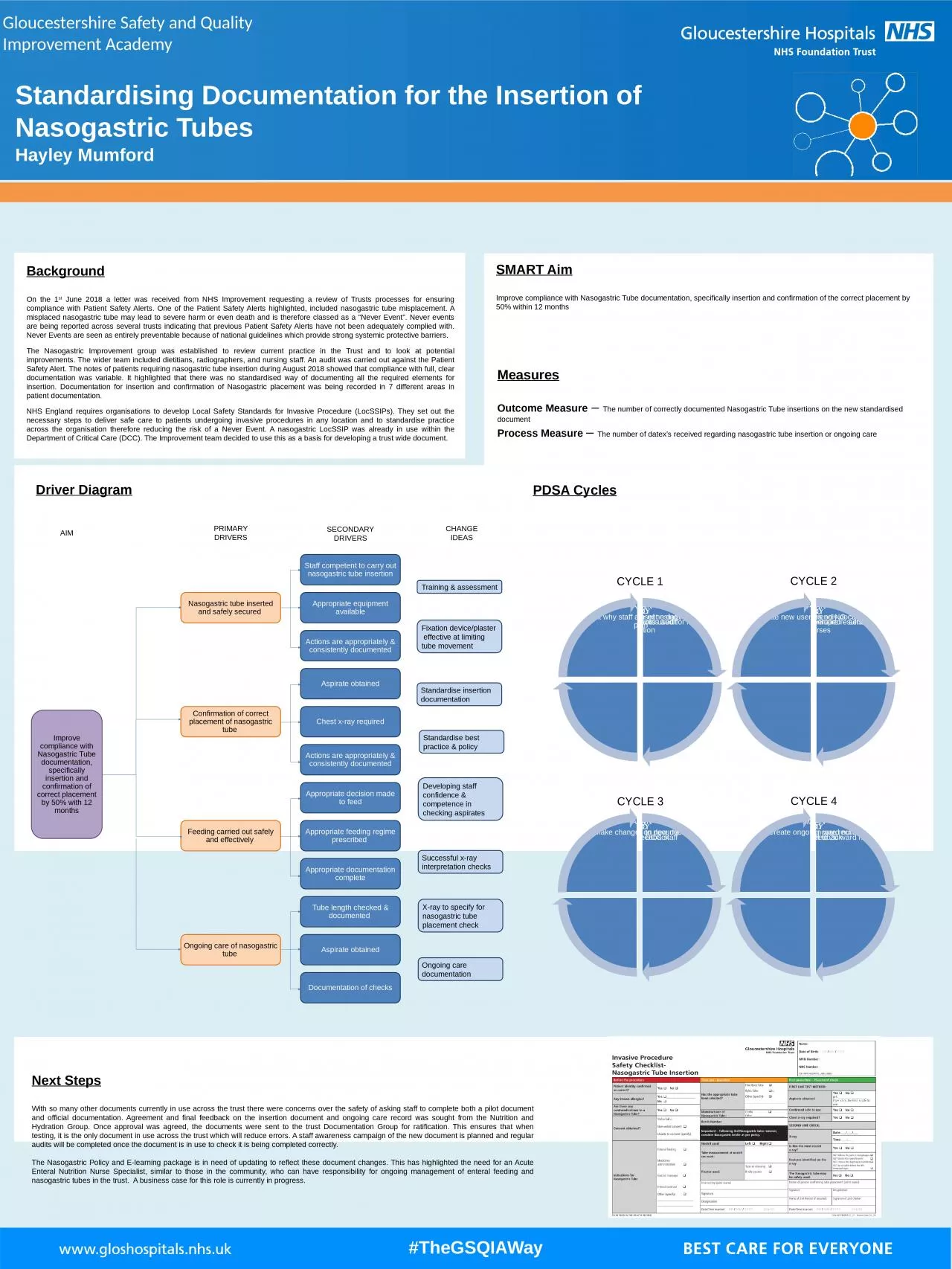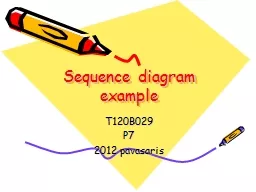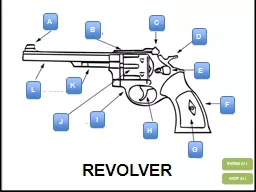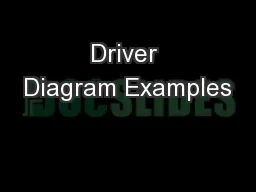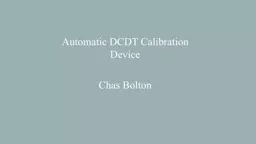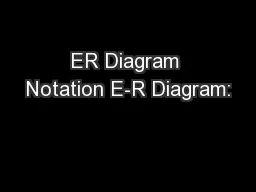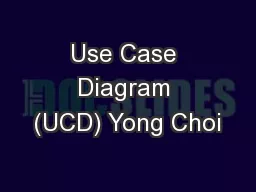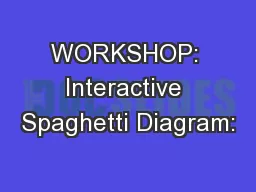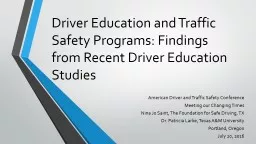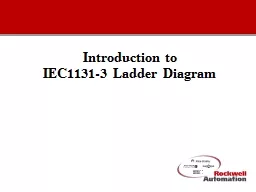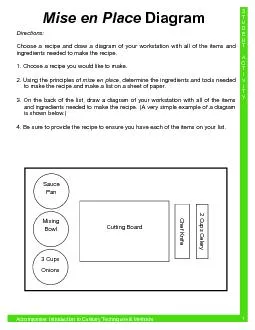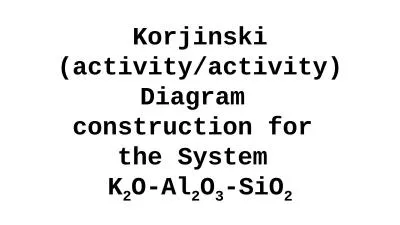PPT-Driver Diagram Next Steps
Author : tabitha | Published Date : 2023-07-21
With so many other documents currently in use across the trust there were concerns over the safety of asking staff to complete both a pilot document and official
Presentation Embed Code
Download Presentation
Download Presentation The PPT/PDF document "Driver Diagram Next Steps" is the property of its rightful owner. Permission is granted to download and print the materials on this website for personal, non-commercial use only, and to display it on your personal computer provided you do not modify the materials and that you retain all copyright notices contained in the materials. By downloading content from our website, you accept the terms of this agreement.
Driver Diagram Next Steps: Transcript
Download Rules Of Document
"Driver Diagram Next Steps"The content belongs to its owner. You may download and print it for personal use, without modification, and keep all copyright notices. By downloading, you agree to these terms.
Related Documents

